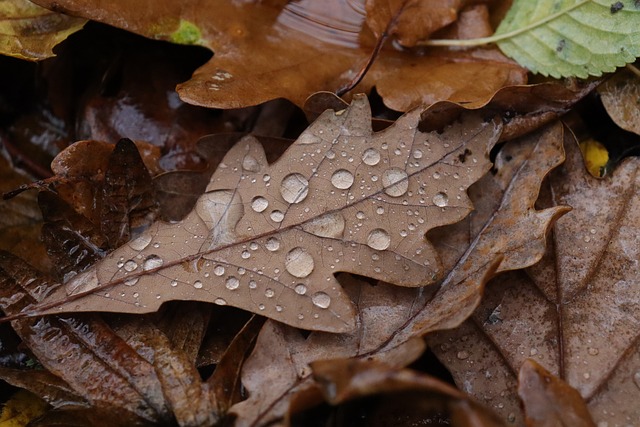
Overview of the Chapter
The chapter Rain on the Roof from the CBSE Grade 9 English textbook Beehive is a poem that captures the soothing and nostalgic effect of rain. The poet describes the experience of listening to the rain while lying in bed, which evokes memories and emotions. The poem beautifully illustrates the connection between nature and human emotions.
Key Theme: The poem explores themes of nostalgia, comfort, and the healing power of nature, particularly through the imagery of rain.
Summary of the Poem
The poet begins by describing the sound of raindrops falling on the roof, which creates a rhythmic and soothing melody. This sound transports him back to his childhood, reminding him of his mother's loving care. The rain becomes a symbol of comfort and emotional healing, as it helps the poet reconnect with cherished memories.
Literary Devices Used
- Imagery: Vivid descriptions of rain and its sound create a sensory experience.
- Personification: The rain is given human-like qualities, such as "weeping."
- Alliteration: Repetition of consonant sounds enhances the musical quality of the poem.
Important Lines from the Poem
"When the humid shadows hover
Over all the starry spheres"
"And the melancholy darkness
Gently weeps in rainy tears"
Melancholy: A feeling of deep sadness or sorrow, often with no obvious cause.
Questions for Reflection
- How does the poet use the sound of rain to evoke emotions?
- What role does memory play in the poem?
- Why is rain often associated with nostalgia in literature?
